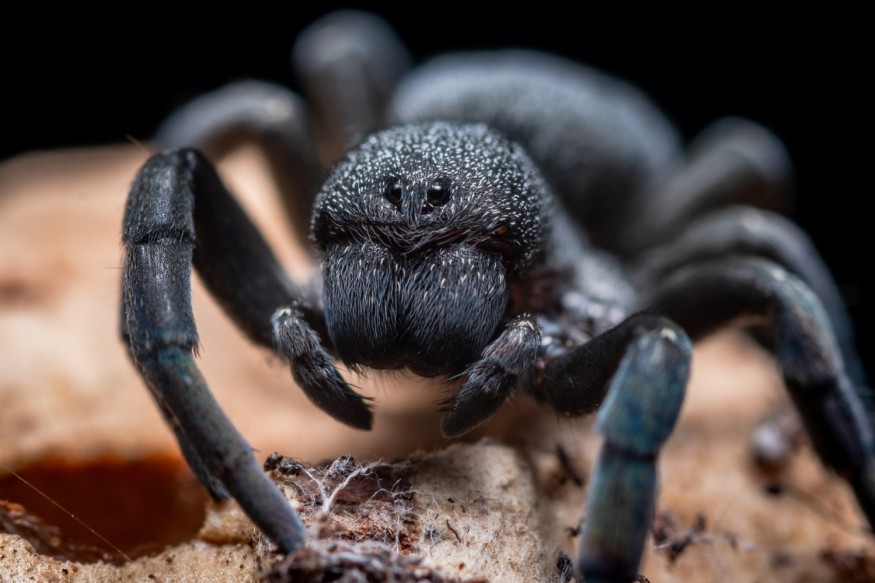A zoo keeper at a Miami zoo in US national park discovered what was believed to be a 'small shiny black tarantula-like' spider, as how zoo conservation chief Frank Ridgley in the Daily Mail described it.
A few years back in 2012, workers from the Miami zoo first discovered the creepy spider and thought that the arachnid was of an unusual species and brought it back home with them. It was only when a few years later, a second specimen was discovered and confirmed to be of a new venomous spider species, according to animal expert's evaluation.
A finding on April 2 was released by two Californian scientists, naming the spiders Pine Rockland Trapdoor Spider, or ummidia richmond. As the name infers, the spider was found by zookeepers in Pine Rocklands National Park, South Florida.

Pine Rockland trapdoor spiders and their nature
Pine Rockland trapdoor spiders are called 'ambush predators' as they are known to have spent their lives living in the same web burrow to camouflage and wait for preys. Typically, they prey on small invertebrates. Trapdoor spiders use their size and strength the attack its prey and the venom does the breaking down and 'liquifying' their prey.
Trapdoor spiders are not only limited to being a predator, as they can be prey themselves from larger birds or wasps, whose eggs will hatch and devour them.
While trapdoors are confirmed to be venomous, it was not proven that their venom is deadly for human. However, they do have a bite that induces a painful sting similar to that of a bee, Dr. Ridgley said.
According to Dr. Rebecca Godwin, an assistant professor of Biology at Piedmont College in Georgia and publisher of the new species, the spider was definitely a new kind. According to her, female trapdoors are said to be two to three times bigger than male trapdoors, which has the size of one Euro coin. While the female ones typically live up to twenty years, the male Pine Rockland spider live for about seven years before leaving their shelter to mate and die shortly right after.
In the recent discovery and report, Dr. Godwin said the ones found by zoo staff were 'wandering males'.
The real danger for the new species
Dr. Ridgley added that the real danger to the arachnid is the loss of its habitat. According to him, it was a dream come true to have the opportunity to discover new species. However, the downside of the discovery is that most of them are unique and comes from globally critically-endangered habitat.
As what Dr. Godwin noted about trapdoor spiders, they are limited to a small area of threatened habitat and could be threatened themselves.
It is highly unlikely that trapdoors can be found outside Florida national park. Zoo Miami confirmed they were unable to find more of their species and also concluded that only 1.5 percent of the spider's Pine Rockland habitat survives outside Everglades National Park.
Also read : This Camouflaged Spider can Change its Color
© 2025 NatureWorldNews.com All rights reserved. Do not reproduce without permission.





